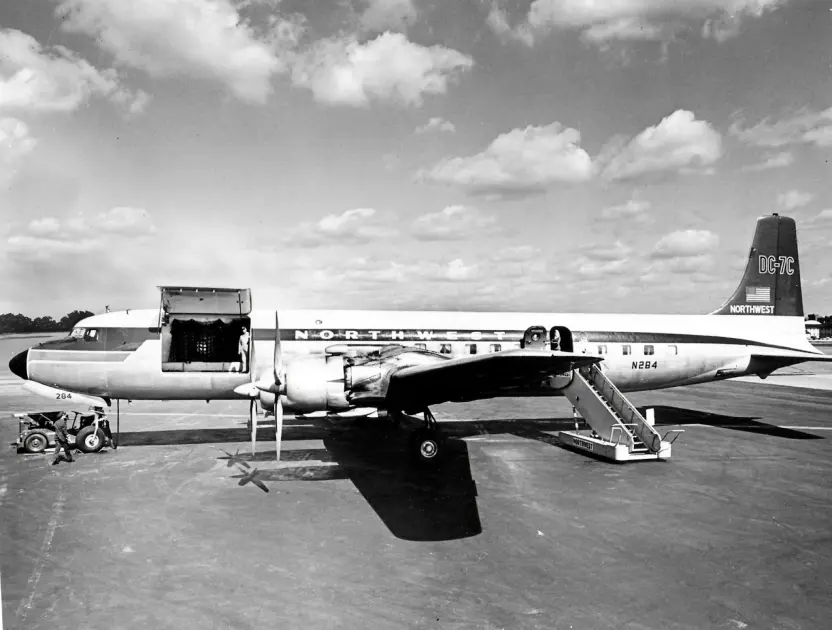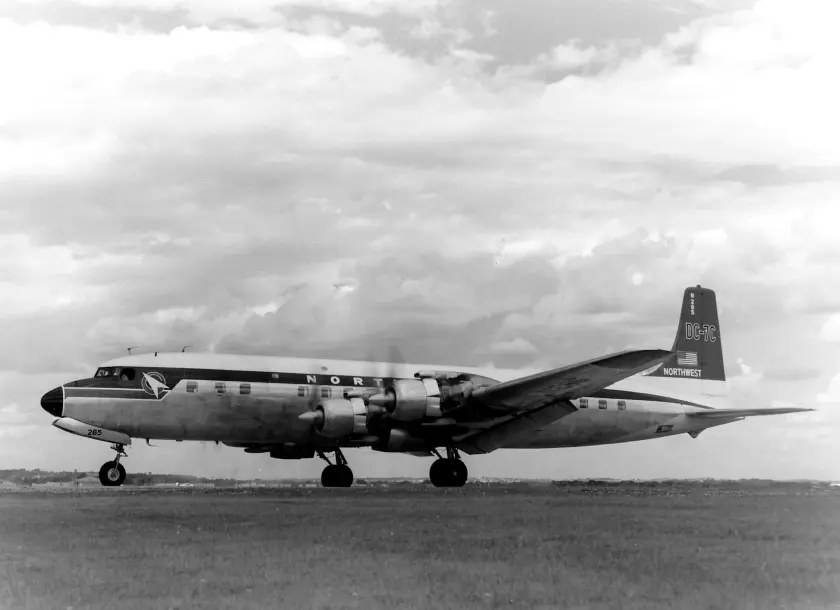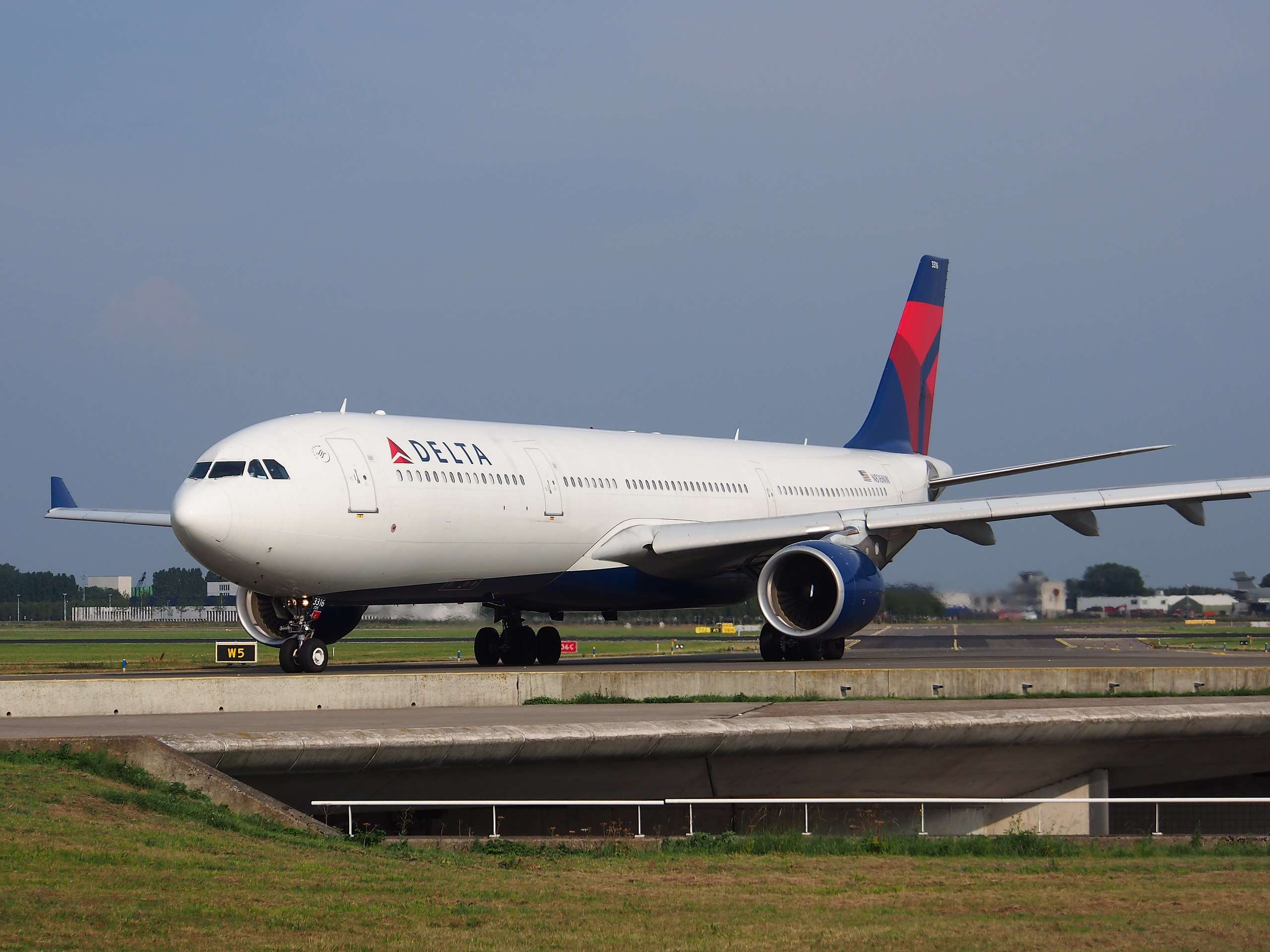Northwest Airlines Flight 293, a seemingly routine military charter flight, became etched in aviation history as a devastating tragedy.
On June 3, 1963, a Douglas DC-7C carrying 101 souls plunged into the unforgiving waters of the North Pacific, leaving no survivors.
This article explores the events leading up to the crash, the desperate search efforts, and the lingering questions that shroud the final moments of Flight 293.
A Final Farewell: Passengers and Crew
Flight 293 originated at McChord Air Force Base in Washington state, its destination being Elmendorf Air Force Base in Alaska.
Chartered by the Military Air Transport Service (MATS), the flight manifested 95 servicemen and their families.
These passengers, a mix of ranks and ages, were embarking on a new chapter in Alaska.
The crew of six, under the command of Captain Robert Lind, were seasoned professionals entrusted with their safety.
The atmosphere onboard was likely a mix of excitement and apprehension for the new assignment in Alaska.
Furthermore, little did anyone know that this journey would have a horrifying end.
A Flawed Flight: The Disappearance of Flight 293

The DC-7C, christened “Golden Arrow,” took off from McChord at 7:52 AM Pacific Standard Time.
The initial part of the flight proceeded uneventfully.
The last radio contact with the aircraft came at 10:06 AM, when the crew requested a change in altitude.
This seemingly routine request became the last confirmed communication from Flight 293.
When no further messages were received for over an hour, concern began to mount.
By 11:16 AM, a full-scale search and rescue operation was launched.
Hours of agonizing waiting turned into a desperate scramble as rescue crews scoured a vast expanse of ocean.
The vastness of the Pacific and the lack of any distress signal made the search a daunting task.
Finally, a glimmer of hope arrived at 7:22 PM when floating debris was spotted 182.5 miles southwest of Annette Island, Alaska.
This confirmed the worst – Flight 293 had crashed somewhere in the remote waters.
A Search in Vain: No Survivors Found
The search continued for days, but no survivors or bodies were ever recovered.
The wreckage of the aircraft was never located, leaving a chilling absence of answers.

The cause of the crash remained a mystery, shrouded in the unforgiving depths of the Pacific.
The Civil Aeronautics Board (CAB) conducted a thorough investigation into the accident.
They meticulously examined maintenance records, weather data, and any available clues.
However, the lack of wreckage and any definitive evidence from the flight recorder made pinpointing the cause extremely difficult.
One theory suggested a possible mechanical failure in one of the engines, leading to a loss of control and the subsequent crash.
Another possibility centered on a sudden and catastrophic structural failure. However, without concrete evidence, none of these theories could be definitively proven.
The lack of closure for the families was a further source of pain.
The crash of Flight 293 became a stark reminder of the inherent risks involved in aviation, even during seemingly routine flights.
A Legacy of Loss: Remembering Flight 293
The tragedy of Northwest Airlines Flight 293 serves as a somber reminder of the fragility of life.
It took the lives of 101 individuals, leaving behind a wave of grief and unanswered questions.
While the exact cause of the crash may never be fully known, the event remains etched in aviation history as a cautionary tale.
It highlights the importance of rigorous safety standards and continuous improvement in aircraft technology.
Flight 293 may be a lost chapter, but it serves as a reminder of the dedication and sacrifice of those who serve in the military and their families.
The passengers and crew who boarded the ill-fated flight deserve to be remembered for their stories, not just for the tragedy they faced.

Click the banner to subscribe to our weekly newsleter.

Click the photo to join our WhatsApp channel so then you can stay up to date with everything going on in the aviation industry!















+ There are no comments
Add yours